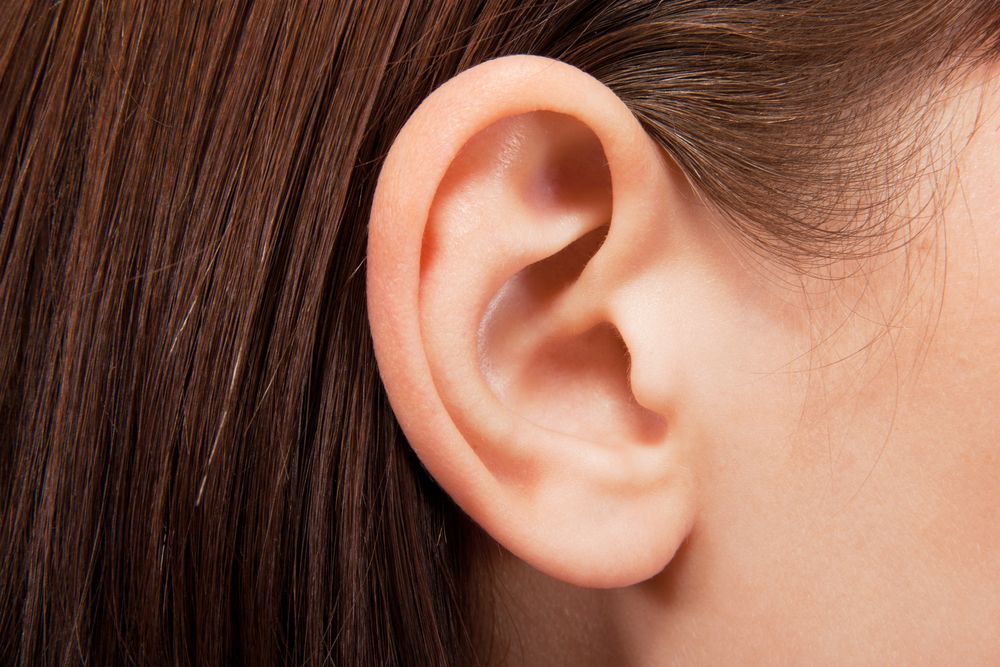If you are new to hifi some of the terminology you will see in reviews may be all new for you. To help out we’ve put together a glossary of the most used phrases and descriptors. So lets get in to it!
- Hi-Fi: A term used to describe high-fidelity audio equipment and systems that aim to reproduce sound with minimal distortion and maximum accuracy.
- Frequency response: A measurement of how accurately an audio system reproduces different frequencies in a sound recording.
- Impedance: A measure of the resistance of an audio system to the flow of an alternating current.
- Signal-to-noise ratio (SNR): A measurement of the amount of noise present in an audio signal compared to the desired signal.
- Harmonic distortion: A type of audio distortion that results in the creation of additional, unwanted frequencies in an audio signal.
- Crossover: An electronic circuit used to separate an audio signal into different frequency ranges and direct each range to the appropriate speaker.
- DAC (digital-to-analog converter): A device that converts digital audio data into an analog audio signal for playback.
- Tube amplifier: An amplifier that uses vacuum tubes to amplify an audio signal.
- Lossless audio: An audio format that preserves all the data from the original recording without any loss of quality.
- Bit depth: A measurement of the resolution of a digital audio signal, expressed in bits.
- Sample rate: The number of samples of a digital audio signal taken per second.
- Audio resolution: A measurement of the accuracy and detail of an audio recording or playback system.
Here are some common audiophile terms used to describe sound and their meanings:
- Dynamic: Refers to the ability of an audio system to handle wide variations in volume levels. A system with good dynamic range can produce both soft and loud sounds without distortion.
- Transparent: Describes sound that accurately reproduces the original recording, without adding any coloration or tonal changes.
- Warm: Describes sound that has a richness and fullness, often associated with a boost in the lower frequencies.
- Bright: Describes sound that has a heightened emphasis on higher frequencies, often resulting in a crisp, clear, and lively sound.
- Bass: Refers to the lower frequencies in an audio signal, typically in the range of 20 to 200 Hz.
- Treble: Refers to the higher frequencies in an audio signal, typically in the range of 2,000 to 20,000 Hz.
- Detailed: Describes sound that has a high level of resolution and clarity, allowing the listener to easily distinguish individual sounds and instruments.
- Smooth: Describes sound that has a smooth and balanced frequency response, without any harsh or irritating frequencies.
- Natural: Describes sound that accurately reproduces the original recording, without any artificial enhancements or processing.
- Spacious: Describes sound that has a sense of spaciousness and dimensionality, often associated with a good stereo image and soundstage.
- Liquid: Describes sound that has a smooth, flowing quality, often associated with a natural and musical presentation.
- Tight: Describes sound that has a well-defined and controlled bass, providing a solid foundation for the rest of the audio spectrum.
- Lush: Describes sound that has a rich and full quality, often associated with a warm and inviting presentation.
- Fast: Describes sound that has a quick and lively pace, with a tight and precise response to transient information.
- Rich: Describes sound that has a full and abundant quality, often associated with a warm and musical presentation.
- Open: Describes sound that has a spacious and airy quality, often associated with a detailed and transparent presentation.
- Punchy: Describes sound that has a tight and impactful bass, providing a solid foundation for the rest of the audio spectrum.
- Clean: Describes sound that has a clear and uncolored quality, often associated with a transparent and natural presentation.
- Organic: Describes sound that has a natural and lifelike quality, often associated with a smooth and musical presentation.
- Weighty: Describes sound that has a substantial and full quality, often associated with a powerful and impactful bass.
These are just a few of the many subjective terms used to describe sound quality and performance in the audiophile community. Understanding these terms can help you better understand and articulate your own preferences and opinions when evaluating audio equipment and sound quality.
These terms can be used to describe various aspects of sound quality, including timbre, frequency response, dynamics, imaging, and more. They are subject to interpretation and personal preference, and can help audiophiles better articulate their own preferences and opinions when evaluating audio equipment and sound quality.
Now get out there armed with your new knowledge!




